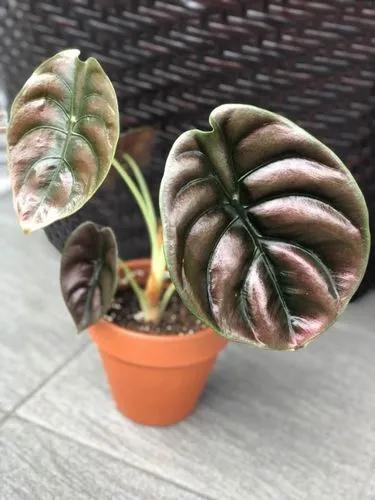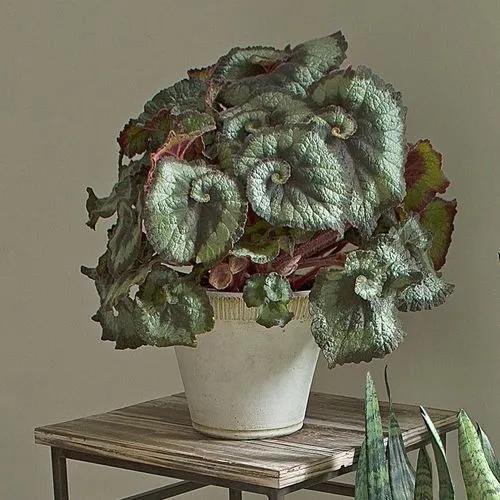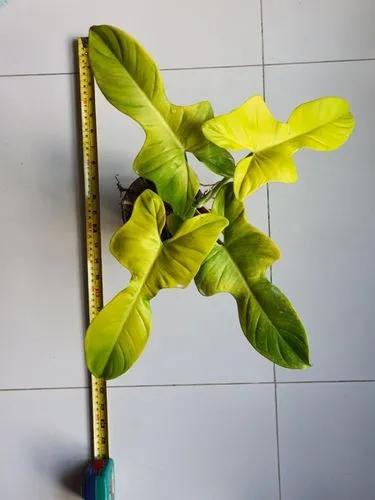As the most studied flower of the Drosera family, the Roundleaf Sundew is a stunning specimen of carnivorous plants. Growing in the boggy regions of Europe, Asia, and North America, the Roundleaf Sundew is a great choice for a terrarium or a bog-type garden.
Sundew Plant Care
Drosera rotundifolia



This plant prefers to grow in moss and with other bog-type plants in cooler regions and will not do well in temperatures over 85°F (29°C). As a carnivorous plant, Sundew will need a steady diet of flies, bugs, or fish food. They bloom from spring to fall and enter their dormancy period during winter.
This plant is an excellent hunter and will collect its meals using its sticky red tentacles. They also can bloom small, white-pink flowers.
How to Care for the Plant

Water

As a bog plant, Roundleaf Sundew will require moist to wet soil during its blooming season.

Pruning

Roundleaf Sundew plants do not require pruning, but it is helpful to remove dead leaves and flowers to encourage healthy growth.

Fertilizer

This plant does not require fertilizing, and it can harm your plant’s soil if used.

Sunlight

The Roundleaf Sundew needs sunlight and will do well with either direct or partial sunlight.

Soil

There are a few soils that you can choose for this plant. A carnivorous plant soil mix, bog mix, or a mossy soil mix will encourage your Sundew to grow well.

Propagation

This plant is a hardy species that will regrow even after beheading! They respond well to leaf cuttings & root transplants, along with their abundance of seeds.

Temperature

The Sundew grows in many different climates and can comfortably live between 32-82°F (0°C -27°C). They have a dormancy period and can handle frost to an extent.

Container

A small 4” pot will do nicely for this plant, along with a tray beneath the pot to hold water.

Fun fact

Charles Darwin studied this plant extensively and published it in his research on carnivorous plants.

Popularity

204 people already have this plant 84 people have added this plant to their wishlists
Discover more plants with the list below
Popular articles






